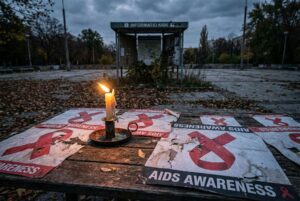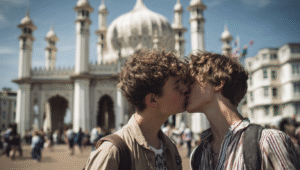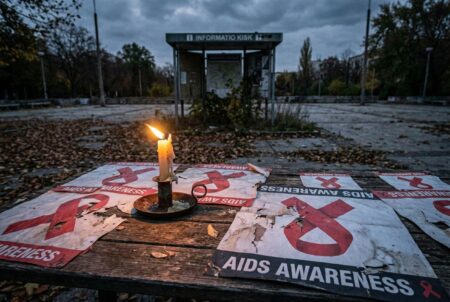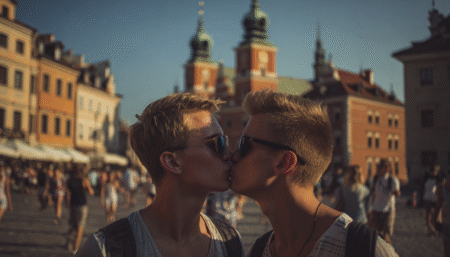A new comprehensive LGBTQ+ risk map have shed light on the safest destinations worldwide for queer travellers, revealing nuanced contrasts between legal frameworks and societal attitudes. Compiled by A3M Global Monitoring for the ITB Berlin travel trade show, the map and accompanying study assess countries on multiple dimensions of safety and acceptance, going beyond legal statutes to capture lived experiences as reported by local LGBTQ+ organisations and travel experts.
Canada and Spain emerge as the top countries in the survey, which was conducted online between December 2024 and April 2025. Both countries scored 100% on key measures including respectful societal treatment, safety in public displays of affection, police respectfulness, and confidence in reporting hate crimes. Spain, in particular, boasts vibrant LGBTQ+ urban enclaves—such as Madrid’s Chueca district, Barcelona, and the Balearic and Canary Islands—making it a standout destination for low risk and high cultural acceptance. This aligns with other international assessments, including Statista’s 2025 Gay Travel Index and AFAR’s rankings, which consistently place Canada, Spain, and a handful of other nations like Iceland, Malta, and Portugal at the top for LGBTQ+ travellers based on comprehensive criteria ranging from marriage equality to anti-discrimination laws.
Meanwhile, the United States presents a more complex picture. According to A3M’s survey, only about a third of respondents felt conditions met the safe and respectful standard established by top-ranking countries. This is echoed in broader international rankings where the US holds a middling position, sharing scores with countries such as Croatia and Liechtenstein. At the same time, progressive urban centres in the US and Germany—which itself is often considered queer-friendly by law—do not necessarily reflect the wider societal attitudes, especially in rural or less metropolitan areas, where acceptance still lags noticeably behind legal progress.
A3M’s findings also highlight an important urban-rural divide that transcends national borders, underscoring that many queer travellers find safer, more welcoming environments in cities where visible LGBTQ+ communities, businesses, and support networks cluster. Rural areas, even in otherwise progressive countries, may still pose risks, requiring travellers to exercise caution, particularly around public behaviours.
In more challenging contexts, such as the United Arab Emirates and Dubai, the survey reveals contradictions between legal prohibitions and societal behaviours. Despite homosexuality being criminalised, there exists an ‘active underground scene’, though without police protection or safety guarantees. Travellers in such regions are advised to exercise utmost discretion, avoid public displays of affection, and comply with local norms such as booking separate hotel beds, highlighting the limits of safety when laws remain repressive.
Specific vulnerabilities for transgender and non-binary individuals are also noted, including issues around travel documents and gender markers. Countries like Denmark and Germany have even issued advisories about visiting the US due to changes in the US State Department’s passport policies, illustrating evolving areas of concern within the broader LGBTQ+ travel landscape.
Other global assessments, such as Riskline’s 2025 LGBTQ+ Risk Map and Columbus Magazine’s travel safety rankings, further corroborate these trends. They expand the picture by flagging ongoing dangers in countries where harsh penalties prevail—nations including Saudi Arabia, Iran, Chechnya, and Afghanistan are highlighted for their severe legal and social risks to LGBTQ+ people. Conversely, some countries showing positive legislative and social changes, like Thailand’s recent legalisation of same-sex marriage, are emerging as safer destinations, reflecting the dynamic nature of this field.
Source: Noah Wire Services




















